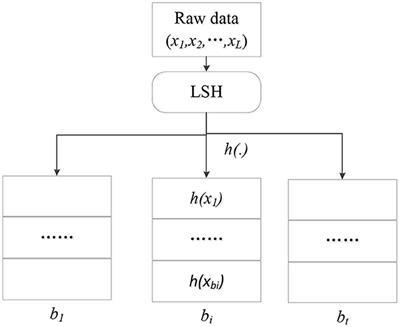EDITORIAL
Published on 18 Mar 2022
Editorial: Privacy-Preserving Deep Heterogeneous View Perception for Data Learning
doi 10.3389/fnbot.2022.862535
- 3,095 views
6,424
Total downloads
52k
Total views and downloads
You will be redirected to our submission process.
EDITORIAL
Published on 18 Mar 2022
ORIGINAL RESEARCH
Published on 29 Jul 2021
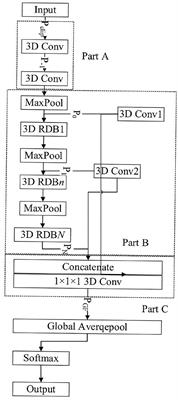
ORIGINAL RESEARCH
Published on 20 Jul 2021
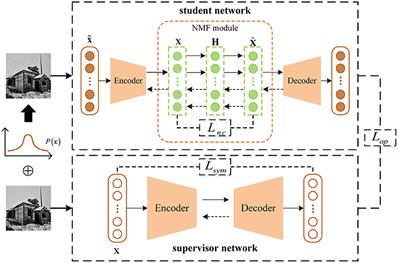
ORIGINAL RESEARCH
Published on 12 Jul 2021
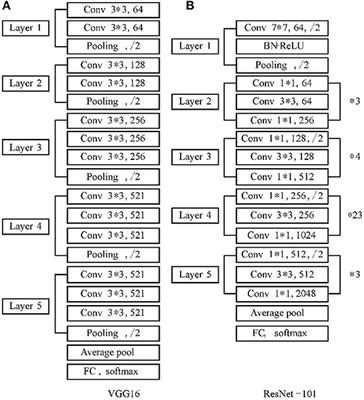
ORIGINAL RESEARCH
Published on 30 Jun 2021

ORIGINAL RESEARCH
Published on 22 Jun 2021
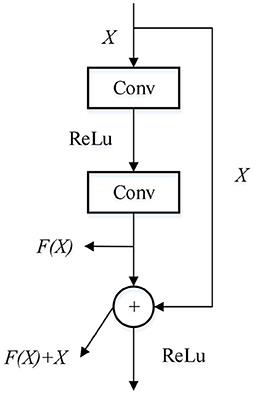
ORIGINAL RESEARCH
Published on 14 Jun 2021
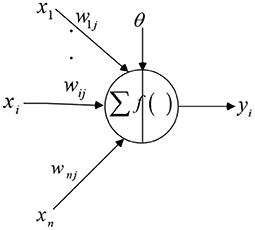
ORIGINAL RESEARCH
Published on 24 May 2021
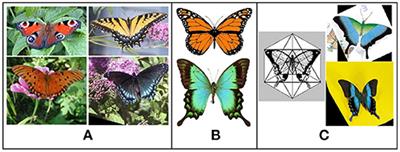
ORIGINAL RESEARCH
Published on 23 Apr 2021
